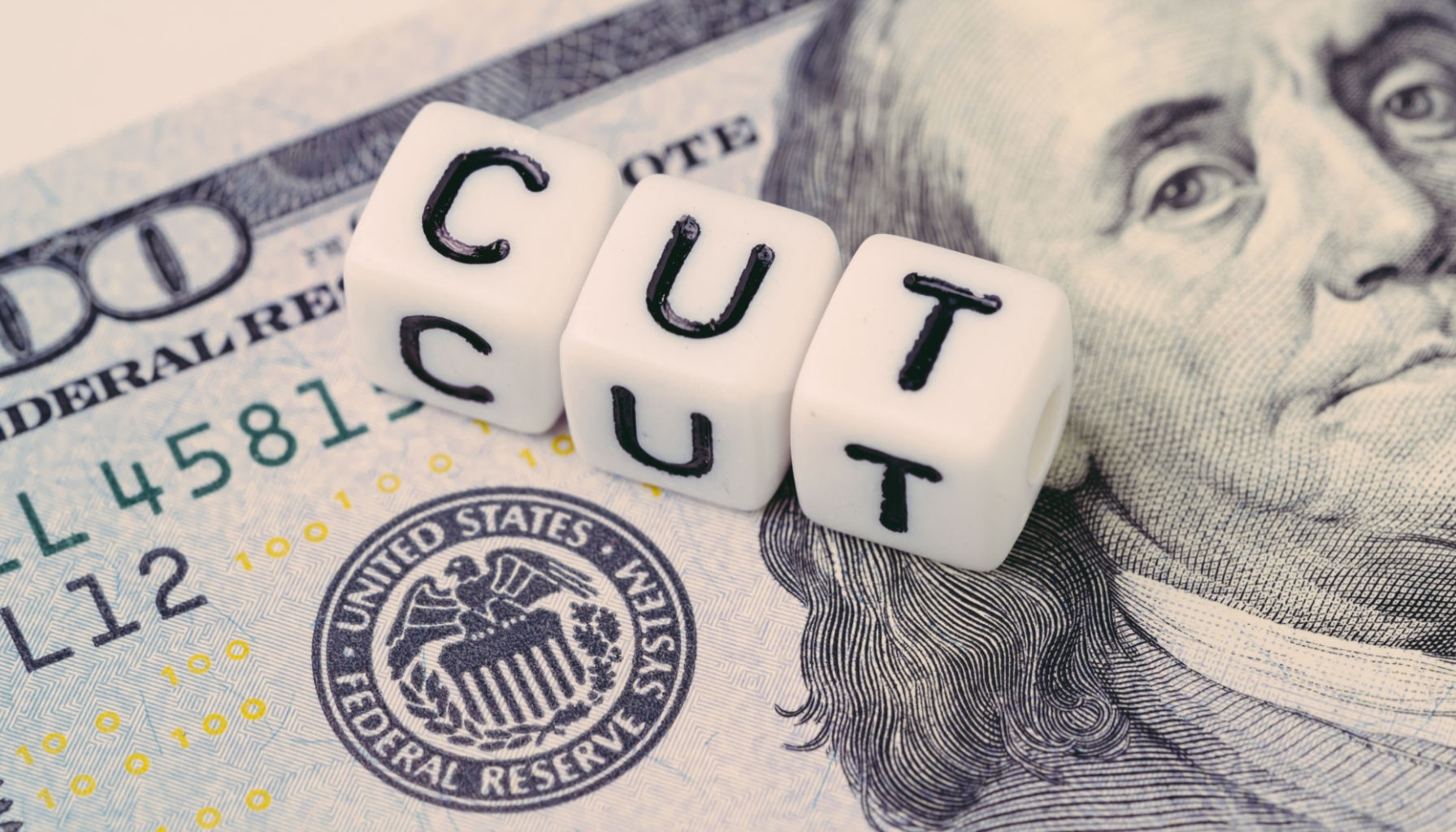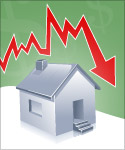Will the Fed cut interest rates on July 30, 2025? Based on current economic conditions and market sentiment, it's highly unlikely. Most signs point towards the Federal Reserve holding steady, keeping the federal funds rate right where it is. But why is that, and what could this mean for you? Let's break it down.
Fed Interest Rate Predictions: No Cut Expected Today, July 30, 2025
Understanding the Fed's Role
The Federal Reserve, or the Fed as most people call it, is like the doctor for the US economy. They have a big job: to keep things stable. One of their main tools is setting the federal funds rate. This rate is what banks charge each other for lending money overnight. By adjusting this rate, the Fed can influence borrowing costs across the whole economy.
Think of it like this: if the Fed lowers the rate, it's cheaper for banks to borrow money, which means they can offer lower interest rates to you for things like mortgages and car loans. This encourages people to spend and boosts the economy. But lowering rates also has a downside: it can increase inflation if not controlled.
The Fed's primary goals are two:
- Maximize employment: They want as many people as possible to have jobs.
- Maintain price stability: They want to keep inflation around 2%. Too much inflation means things get more expensive too quickly. Too little inflation (or even deflation) is bad, too, as it stifles growth.
What's the Economy Saying Right Now (July 2025)?
Honestly, things are a bit mixed. It's not all sunshine and roses, but it's not doom and gloom either. Let's look at some important indicators:
- Leading Economic Index (LEI): This is like a sneak peek at what the economy might do in the future. It's been going down, suggesting things might slow down.
- Coincident Economic Index (CEI): This shows how the economy is doing right now. It's been going up, which suggests solid stability in the present. That's a big positive.
- Personal Income: People aren't making as much money. This decrease in income could lead to less spending.
- Real GDP: This is the total value of everything produced in the country, adjusted for inflation. It shrunk in the first part of the year. Which is not a great sign.
- Inflation: This is where things get tricky. Inflation is at 2.7%, which is above the Fed's ideal target of 2%.
So, we have a slowing economy with inflation that's still a bit high. It’s like trying to bake a cake with a wonky oven.
Here's a quick table to summarize it:
| Indicator | Details |
|---|---|
| Leading Economic Index (LEI) | Declined, suggesting a potential slowdown |
| Coincident Economic Index (CEI) | Rose, indicating current economic stability |
| Personal Income | Decreased, potentially impacting consumer spending |
| Real GDP | Contracted, reflecting economic deceleration |
| Inflation | Core inflation above the Fed’s 2% target, with a near-term rise likely |
What's the Scoop from the Fed Itself?
The Fed is playing it cool, taking a “wait-and-see” approach. The current rate is between 4.25% and 4.5%, and hasn't changed since December 2024.
Fed Chair Jerome Powell has been talking about balancing economic growth with keeping inflation under control. It's a tightrope walk, and he doesn't want to fall off. The FOMC (Federal Open Market Committee), which brings together the Board of Governors and Reserve Bank presidents, is likely to tread cautiously.
Now, not everyone at the Fed agrees. There might be a couple of voices who want to cut rates, but it looks like the majority will want to hold steady. Also there has been public pressure from President Trump to decrease the rates. However, the Fed is likely to make its decision independently.
What Do the Markets Think?
Financial markets are obsessed with the Fed's moves. They try to predict what the Fed will do because it can significantly impact stock prices, bond yields, and the value of the dollar.
There's a tool called the CME FedWatch Tool. It uses data from the market to estimate the probability of different rate decisions. As of now and close to the July 30, 2025, meeting, it shows an incredibly high probability that the Fed will leave rates unchanged. Like, over 95%.
Most investors seem to agree. They think the Fed will hold steady, but perhaps consider cutting rates later in the year if the economy weakens further.
What Happens If… Scenarios
Okay, so what could happen if the Fed did cut rates on July 30, 2025? Or if they stay put?
If Rates Are Cut:
- Good news for borrowers: Mortgages, credit cards, and car loans could get cheaper.
- Businesses might invest more: Lower borrowing costs make it easier to expand and grow.
- Stock market could get a boost: Investors might get excited about the prospect of cheaper money.
- But…inflation could get worse: Remember, inflation is already a bit high. Cutting rates could add fuel to the fire.
If Rates Remain Steady:
- A sign of confidence…or caution: It could mean the Fed thinks the economy is doing okay, or that they're worried about inflation.
- Borrowing costs stay the same: This might slow down growth in areas like housing.
- Markets might be muted: Investors might wait to see what the Fed says next.
My Two Cents
I think the Fed is in a really tough spot. They have to balance supporting the economy with fighting inflation. Based on everything I'm seeing, I think they'll choose to hold rates steady on July 30, 2025. The inflation numbers are simply too high to justify a cut, and the Fed doesn't want to risk losing credibility.
The biggest wild card is inflation. If inflation starts to come down significantly in the coming months, then the Fed might consider cutting rates later in the year. But for now, I think they'll stay the course.
It all comes down to data. The Fed will be watching the economic numbers closely between now and the July meeting and will make its decision based on what they see. So keep an eye on those reports!
Conclusion
The Fed's decision on July 30, 2025, is a big deal for everyone, from homeowners to business owners to investors. While there's always a chance of a surprise, the current signs point to the Fed holding steady. The real question is what they'll do after that. Hang tight—the Fed's probably going to tell us the plan on July 30, 2025, around 2 pm Eastern Time, where we can then listen to the remarks from Fed Chair Jerome Powell around 2:30 pm on what the next steps are.
Position Your Portfolio Ahead of the Fed’s Next Move
The Federal Reserve’s next rate decision could shape real estate returns through the rest of 2025. Whether or not a rate cut happens, smart investors are acting now.
Norada Real Estate helps you secure cash-flowing properties in stable markets—shielding your investments from volatility and interest rate swings.
HOT NEW LISTINGS JUST ADDED!
Talk to a Norada investment counselor today (No Obligation):
(800) 611-3060
Recommended Read:
- Will the Fed Cut Interest Rates by 25 Basis Points This Week?
- What to Expect from the Fed's Meeting Next Week: July 29-30, 2025
- Fed Projects Two Interest Rate Cuts Later in 2025
- Federal Reserve Holds Interest Rates Steady on June 18, 2025
- What are the Odds of a Fed Rate Cut Today, June 18, 2025?
- Interest Rate Predictions for the Next 3 Years: 2025, 2026, 2027
- When is Fed's Next Meeting on Interest Rate Decision in 2025?
- Interest Rate Predictions for the Next 10 Years: 2025-2035
- Will the Bond Market Panic Keep Interest Rates High in 2025?
- Interest Rate Predictions for 2025 by JP Morgan Strategists
- Interest Rate Predictions for Next 2 Years: Expert Forecast
- Fed Holds Interest Rates But Lowers Economic Forecast for 2025
- Fed Indicates No Rush to Cut Interest Rates as Policy Shifts Loom in 2025
- Fed Funds Rate Forecast 2025-2026: What to Expect?
- Interest Rate Predictions for 2025 and 2026 by NAR Chief
- Market Reactions: How Investors Should Prepare for Interest Rate Cut
- Impact of Interest Rate Cut on Mortgages, Car Loans, and Your Wallet




